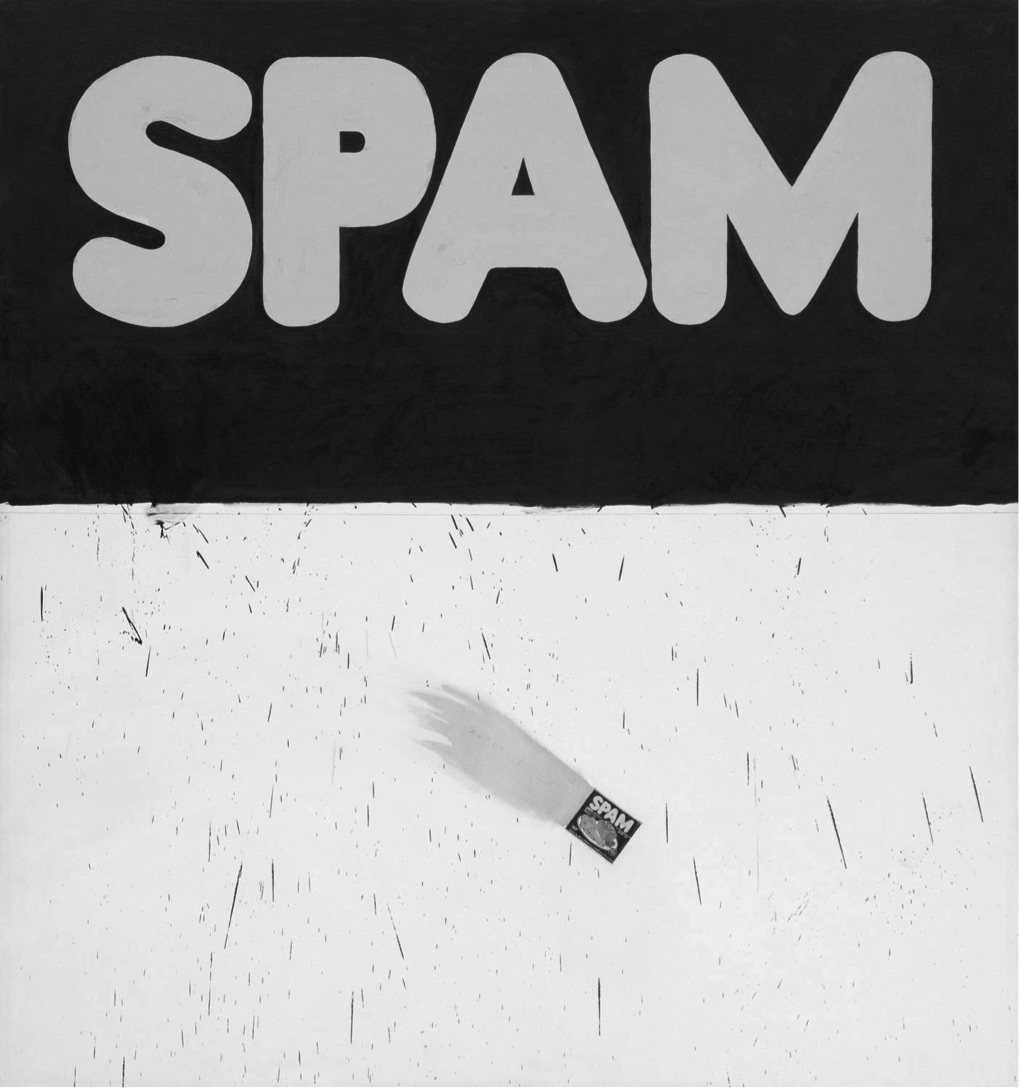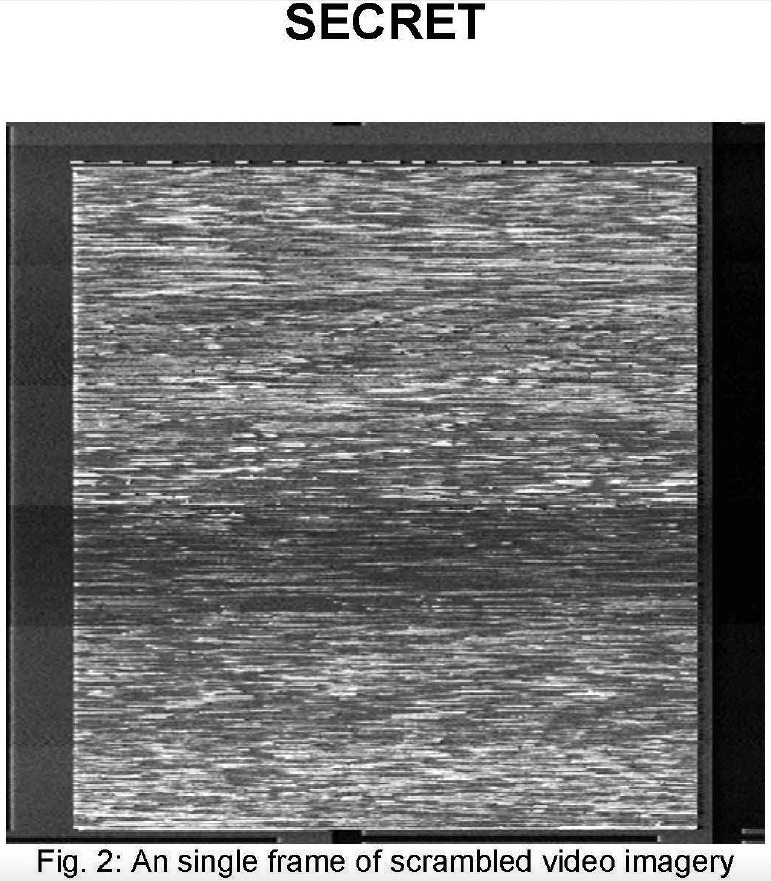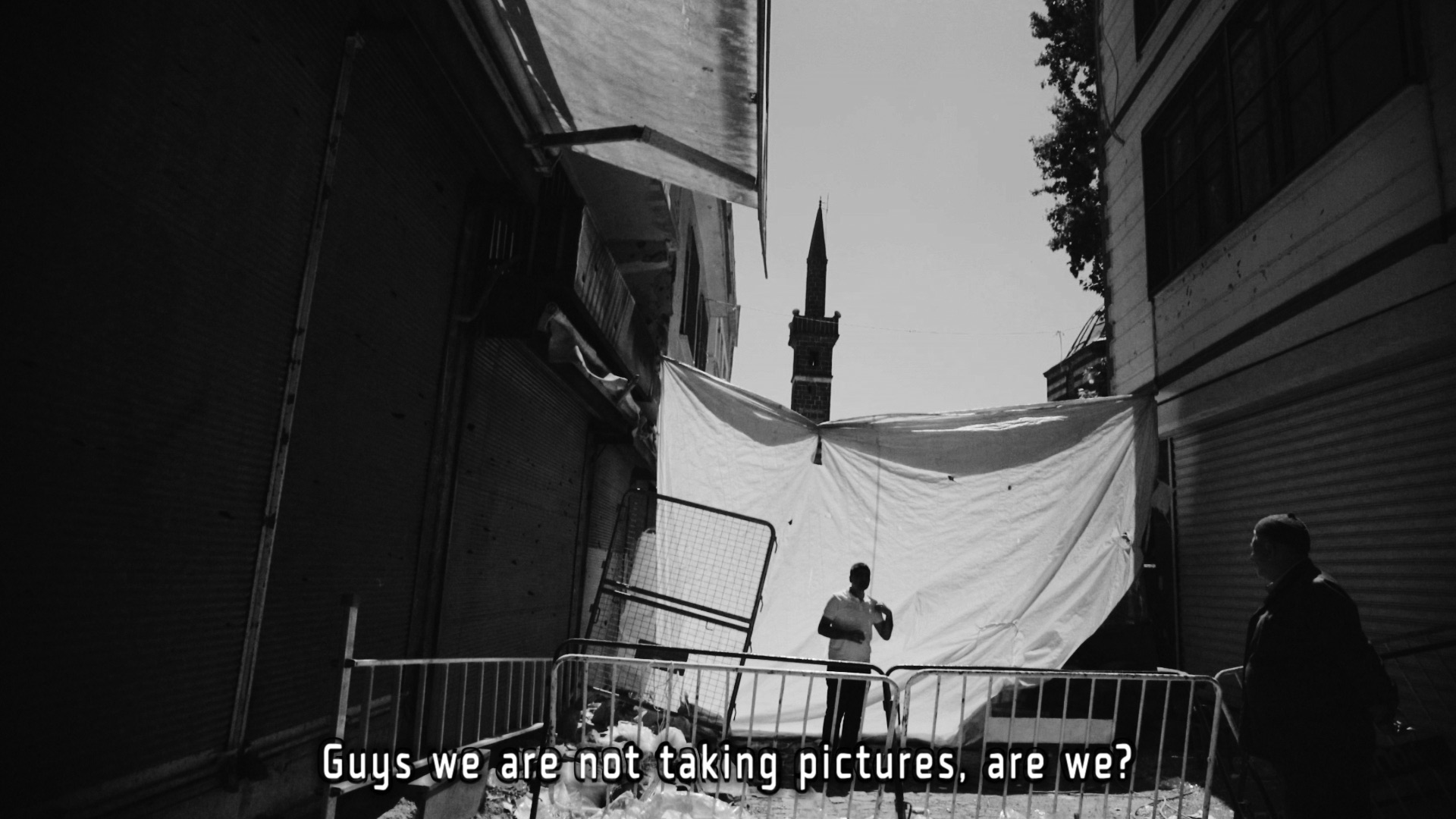 German artist Hito Steyerl rarely, if ever, refers to herself as an artist, but as a filmmaker and writer. Is that significant? Her work is shown in gallery spaces; she gives lectures and performances in contemporary art museums and biennales all over the world. But she deftly distances herself from the thing she critiques, or rather, from the tangled and complex web of things she critiques, including the art market and its cosy relations with autocratic regimes, with arms traders, money laundering and dirty finance.
German artist Hito Steyerl rarely, if ever, refers to herself as an artist, but as a filmmaker and writer. Is that significant? Her work is shown in gallery spaces; she gives lectures and performances in contemporary art museums and biennales all over the world. But she deftly distances herself from the thing she critiques, or rather, from the tangled and complex web of things she critiques, including the art market and its cosy relations with autocratic regimes, with arms traders, money laundering and dirty finance.
I don’t think this is because of some moral imperative, which may or may not be subconscious, to “rise above” that label. Rather I think it’s because, in our image-saturated, meme-driven, information-overloaded, disinformation-incentivised, hyperactive, interactive post-internet age, there’s a steadying directness, a plainness and precision to “filmmaker and writer” that no longer attaches to “artist”. One might also suggest there’s intellectual heft, and, OK, yes, on second thoughts, there is a moral seriousness her chosen descriptor lends, which cuts through the punning humour Steyerl also deploys in her work. But I’m just guessing.

In the early nineties, before she became a filmmaker and writer, Steyerl worked as an assistant to director Wim Wenders, as something called a technical coordinator, and she has said that New German Cinema has been a big influence in her work. Before that she did a PhD in philosophy in Vienna. And as a nineteen-year-old she briefly worked as a bondage model in Japan, an experience that formed the basis of her film, Lovely Andrea, in 2007.
“If her films are designed to make you feel occasionally out of your depth, then they succeed.”
Today, her work is a bit different. Though perhaps not that much. Bondage and submission are still themes at the forefront of her concerns, though they’re not confined to the power relations of physical bondage in the sex industry—as if they ever really were. Her work has dizzying range, but it all seems to direct us to this observation: in the face of globalized, militarized, corporate power, in the face of heavy surveillance enabled by advances in technology that we could never have imagined ten years ago, and in the face of increasingly sophisticated methods of hacking, of identity and image theft, of internet trolls run by government bots designed to disrupt and disempower, we are both overpowered and no longer able to tell reality from fiction.

If her films are designed to make you feel occasionally out of your depth, then they succeed. They’re a bit like frenetically paced Adam Curtis films, though I’m still not sure whether that’s entirely fair to Adam Curtis. Maybe, like Curtis, there is also a sense of diminishing returns. I mean, all this focus on surveillance, troll bots, memes, art-washing, plus this Matrix-like illusion of reality we’re all labouring under—this probably feels like a pretty familiar drill by now. Doesn’t it? “We have become lost in a fake world and cannot see the reality outside”, as Curtis tells us in Hypernormalisation.
Here’s a paragraph from the title chapter:
“To brutally summarize a lot of scholarly texts: contemporary art is made possible by neoliberal capital plus the internet, biennials, art fairs, parallel pop-up histories, growing income inequality. Let’s add asymmetric warfare—as one of the reasons for the vast redistribution of wealth—real estate speculation, tax evasion, money laundering, and deregulated financial markets to this list.”

There’s something rather tender (i.e mildly ridiculous), about that summarizing of “a lot of scholarly texts”. It’s one of the most straight-forward paragraphs in the book, and, indeed, it is a good summary of what she’s about.
And here’s another, from a chapter called The Terror of Total Dasein:
“The aura of unalienated, unmediated, and precious presence depends on a temporal infrastructure that consists of fractured schedules and dysfunctional, collapsing just-in-time economies in which people frantically try to figure out reverberating asynchronicities and the continuous breakdown of riff-raff timetables.” Are you following? What is a “just-in-time” economy? Or even a “riff-raff timetable”?
“She deftly distances herself from the thing she critiques, or rather, from the tangled and complex web of things she critiques.”
Duty Free Art: Art in the Age of Planetary Civil War is a collection of essays honed from past lectures and performances, and perhaps they don’t all work as well once confined to print. But it certainly is a tantalising title and the title essay is, I think, the most tantalising and compelling in the book. It’s a mix of concrete examples about “freeport” art storage facilities, which are huge storage units that seem to be located in nominally borderless zones and that are tax exempt, and of pure, gossipy speculation. Of the “mother of all freeports” in Geneva, she writes: “The building is rumoured to house thousands of Picassos, but no one knows the exact number since documentation is rather opaque.” How much is Steyerl playing with us? I mean, while it’s entirely plausible that there may be “thousands” of undocumented Picassos languishing in Geneva, clearly you want to ask, rumoured by whom?

Other chapter titles are: How to Kill People: A Problem of Design; Proxy Politics: Signal and Noise; A Sea of Data: Apophenia and Pattern (Mis)Recognition, and Digital Debris. You can see why she’s so beloved of the international biennale circuit.
Steyerl’s Duty Free Art is often fascinating, sometimes banal—you can’t help feeling that, really, it’s actually less than the sum of its parts—and dazzling and obfuscating in equal measure. It’s not quite the curate’s egg, but it does leave you feeling fuzzy-headed rather than enlightened.

Duty Free Art: Art in the Age of Planetary Civil War, Hito Steyerl
Out now with Verso
versobooks.com
All images from Hito Steyerl’s Duty Free Art: Art in the Age of Planetary Civil War
To win a copy of the book, visit Elephant on Instagram, Facebook or Twitter





